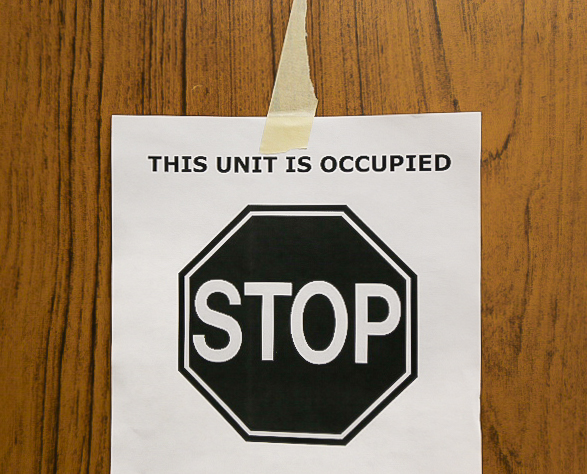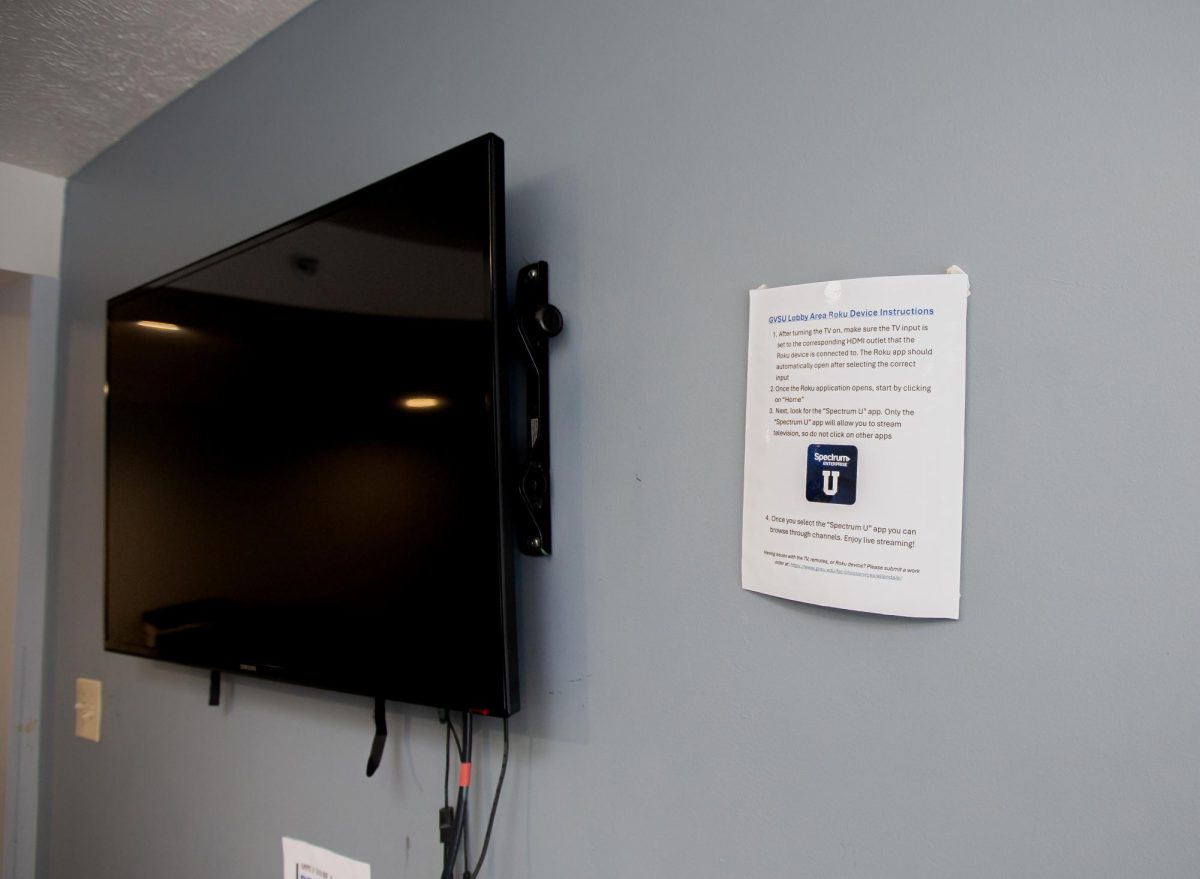Longboarding Tips
Aug 31, 2015
Prior to attending Grand Valley State University, I was very unfamiliar with longboarding. I had only ever seen a few longboards back home and generally knew quite little about them and their various brands, styles and purposes.
This past fall, however, I quickly noted how prevalent longboards were among college students on campus. I would see multiple riders zip past me on my way to class, or coast by my dorm room window while I was studying. Longboards, it seemed, were everywhere. At that point, however, I still did not know much about them.
But then I went home for the summer and became friends with several people who longboarded. One friend in particular encouraged me to try one of his boards and come riding with him. Intrigued, I agreed to give it a go. When I first tried to push with one foot and maintain my balance on the other, I was slow and tripped off the board multiple times. Still, I quickly became hooked on the feeling of coasting down the street with the wind blowing in my face and worked on gradually building my speed and improving my balance. I even purchased my first board this past summer and brought it to school with me, and so far, I’ve had a blast riding it around campus.
In learning how to ride a long board and in buying my own, I’ve picked up a few tips and tricks that will hopefully be helpful to any fellow longboarding novices.
- Be picky. Despite being relatively new to longboarding, I was remarkably picky when it came to purchasing my own board. I tried several different brands, shapes and styles, and though I liked many of the boards I tested, I still managed to find something not quite right with each of them. I was quickly running out of options when my friend convinced me to check out one more sports store and try a couple of boards which I had previously not tested because I had thought I wanted a different shape and style. Much to my surprise, I instantly liked the feel and design of one of the first boards I tried, even though it was not at all what I had been looking for originally. In the end, it paid off for me to be picky and wait until I had found the exactly right board.
- Be brave (but not too brave). Shortly after buying my board, I decided to test it out on a series of trails that wound through a nearby Metropark. By this point, I had become increasingly comfortable with longboarding, so I decided to try riding down some hills. A few hills were only slightly inclined and thus moderately easy to navigate, while others were much larger and more challenging. I had to bail from my board several times because I picked up too much speed, but on some of the bigger hills I managed to stay on my board and reach the bottom. I pushed my limits and improved as a result. That being said, I quickly learned that it’s never a good idea to push too far past your comfort zone. Soon after my adventure riding hills, I was invited to go “night boarding,” which involved longboarding on the identical hills I had already traversed in the daylight, but this time in the dark with only some small flashlights to light the way. At any rate, suffice it to say that I was a little too brave on one particularly steep hill and went zooming down it in the dark, eventually barreling off my board and into the asphalt. I hurt myself pretty badly and had to deal with the injuries for weeks afterward, which was anything but fun. I learned the hard way that pushing too far past my longboarding limits was not a wise idea.
- Don’t worry about looking dorky. In retrospect, I should have at least been wearing some level of protection when I went “night boarding” (not that I should have been longboarding in the dark in the first place). At the time, I wasn’t wearing elbow pads, kneepads, etc., and I really should have been; they could have potentially saved me from a lot of bloody injuries. I’m sure plenty of people don’t wear helmets and pads when they longboard for fear of looking dorky, but if you’re just a beginner, I urge you to consider wearing them.
In the end, I’ve found that longboarding is an enjoyable hobby worth pursuing. All you need to get started is the right board, an adventurous mindset and some simple safety precautions.

























